Growing Focus on Preventive Healthcare
The bioimpedance analyzers market is benefiting from a growing focus on preventive healthcare among consumers and healthcare providers alike. As the healthcare landscape shifts towards prevention rather than treatment, bioimpedance technology plays a vital role in early detection and monitoring of health issues. This shift is reflected in the increasing investments in health and wellness programs, with organizations allocating substantial budgets to promote preventive measures. The market is expected to witness a growth rate of around 7% annually as more individuals seek to understand their body composition and health metrics proactively. This emphasis on preventive healthcare is likely to bolster the bioimpedance analyzers market, as consumers prioritize tools that facilitate informed health decisions.
Advancements in Bioimpedance Technology
Advancements in bioimpedance technology are significantly influencing the bioimpedance analyzers market. Innovations such as improved sensor accuracy, enhanced data analytics capabilities, and integration with mobile applications are making these devices more user-friendly and effective. These technological enhancements are not only attracting consumers but also healthcare professionals who are increasingly utilizing bioimpedance analysis for comprehensive health assessments. The market is projected to expand as manufacturers continue to invest in research and development, aiming to create more sophisticated and reliable bioimpedance analyzers. This ongoing evolution in technology is likely to enhance the appeal of bioimpedance solutions, driving market growth.
Integration of Bioimpedance in Clinical Settings
The integration of bioimpedance analyzers into clinical settings is becoming increasingly prevalent, thereby enhancing the bioimpedance analyzers market. Healthcare providers are recognizing the utility of these devices in assessing patients' nutritional status, fluid balance, and body composition. This integration is particularly relevant in managing chronic diseases such as obesity and heart failure, where precise monitoring is crucial. According to recent data, hospitals and clinics that have adopted bioimpedance technology report improved patient outcomes and more efficient resource allocation. The potential for bioimpedance analyzers to streamline patient assessments and provide actionable insights is likely to drive further adoption in clinical environments, thereby expanding the market.
Rising Demand for Non-Invasive Health Monitoring
The bioimpedance analyzers market is experiencing a notable surge in demand for non-invasive health monitoring solutions. As consumers increasingly seek convenient and accurate methods to assess their health metrics, bioimpedance technology offers a compelling alternative. This trend is particularly evident in fitness and wellness sectors, where individuals are keen on tracking body composition, hydration levels, and metabolic rates. The market is projected to grow at a CAGR of approximately 8% over the next five years, driven by the increasing adoption of wearable health devices that incorporate bioimpedance analysis. This rising demand for non-invasive solutions is likely to propel the bioimpedance analyzers market forward, as both consumers and healthcare professionals recognize the value of real-time health insights.
Increased Adoption in Fitness and Wellness Industries
The bioimpedance analyzers market is witnessing increased adoption within the fitness and wellness industries, as more individuals prioritize health and fitness. Gyms, personal trainers, and wellness centers are increasingly incorporating bioimpedance analysis into their services to provide clients with detailed insights into body composition and overall health. This trend is supported by a growing consumer base that values personalized fitness plans and health tracking. Market data indicates that the fitness sector is expected to grow by approximately 5% annually, with bioimpedance analyzers playing a crucial role in enhancing client engagement and satisfaction. This increased adoption in fitness and wellness sectors is likely to further stimulate the bioimpedance analyzers market.


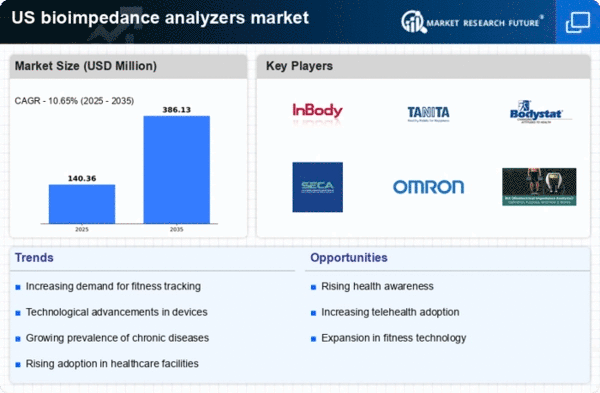
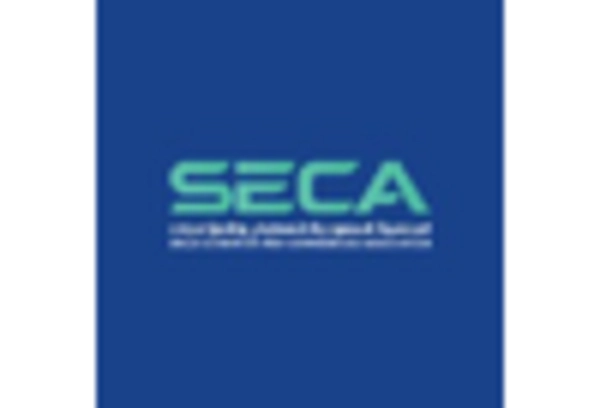
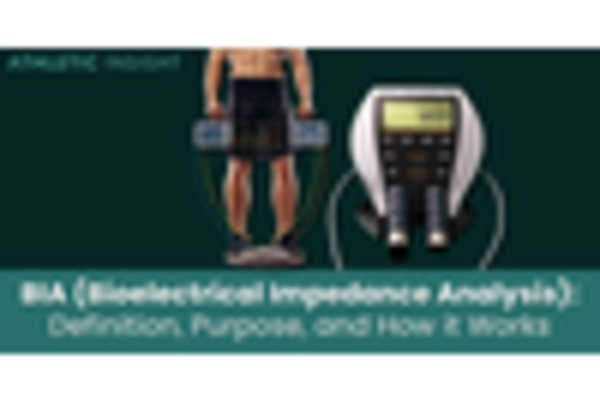
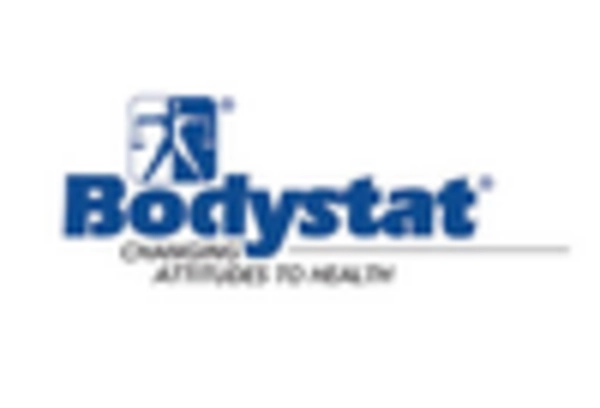
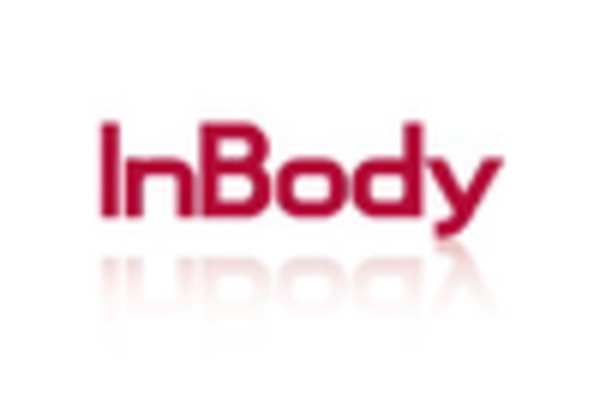
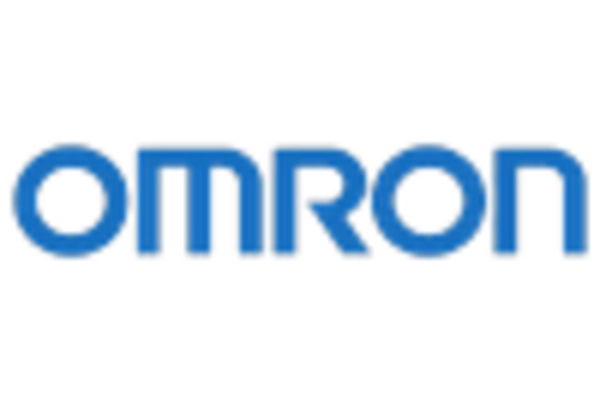









Leave a Comment